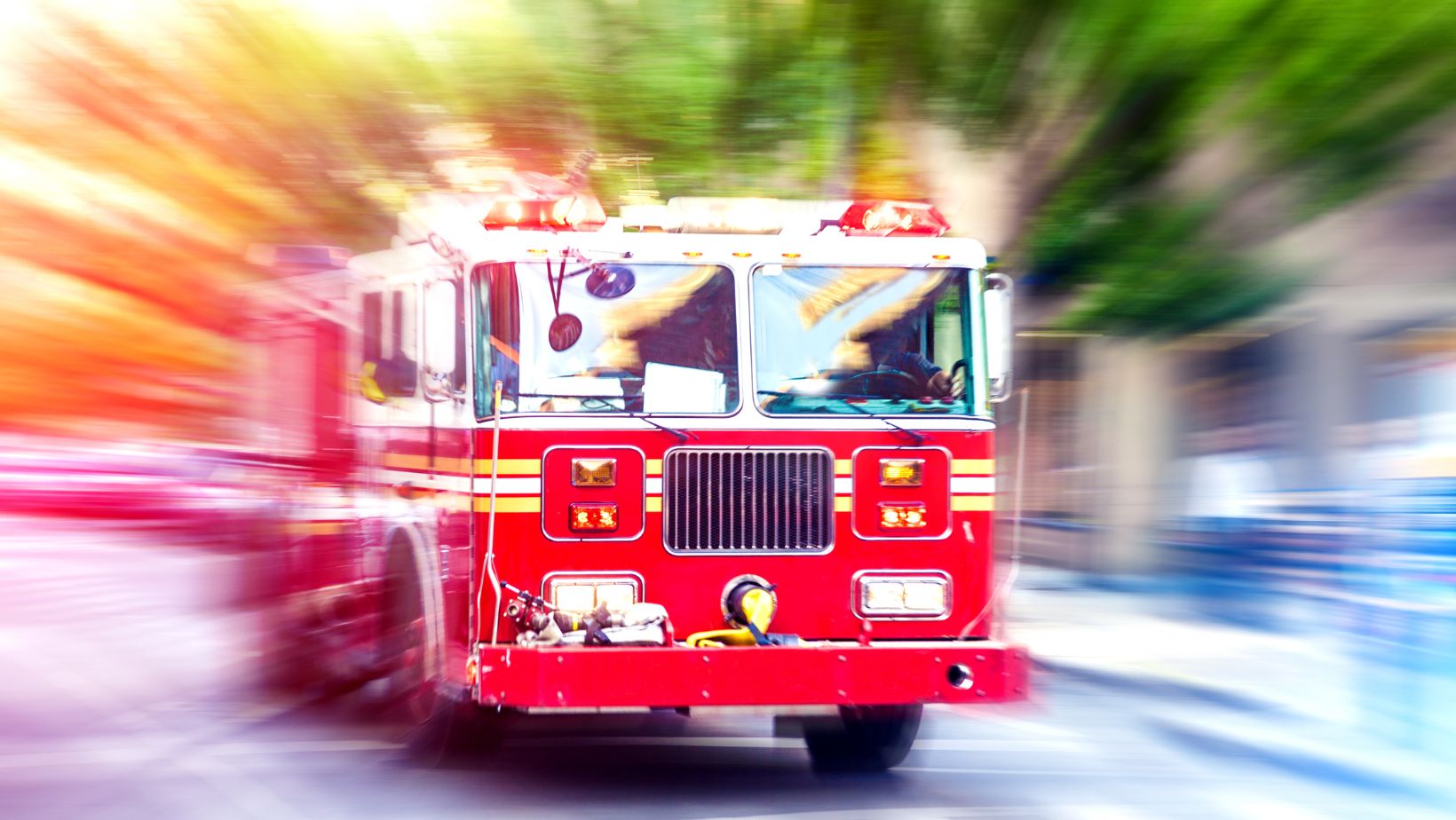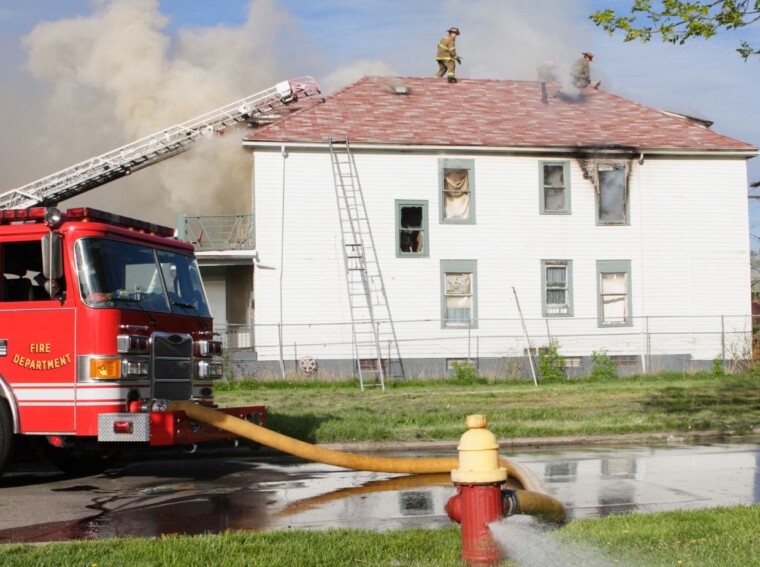When the fire department arrives at your house, it’s natural to feel a mix of relief and concern. As an expert in emergency response, I can shed some light on what happens when firefighters respond to a call.
Firstly, upon arrival, the firefighters will quickly assess the situation to determine the extent of the fire and any potential hazards. They will prioritize ensuring everyone’s safety and evacuating occupants if necessary. This is why it’s crucial for residents to follow established evacuation procedures.
Once the scene is secure, firefighters will work diligently to extinguish the flames using their specialized equipment and techniques. They are trained professionals who know how to handle different types of fires effectively and efficiently.
What Happens if the Fire Department Comes to Your House
Creating an Emergency Exit Plan
When the fire department arrives at your house, one of the first things they will want to know is whether there is a clear and accessible exit plan in case of an emergency. Having a well-thought-out escape route can make all the difference during a chaotic situation. Here are some key points to consider when creating your emergency exit plan:
- Identify multiple escape routes: It’s crucial to have more than one way out of each room in your house. This could include doors, windows, or even alternative exits like a balcony or nearby staircase.
- Practice evacuation drills: Regularly rehearsing your escape plan with all members of your household ensures that everyone knows what to do in case of a fire. Make sure to practice different scenarios and designate a safe meeting point outside.
- Keep pathways clear: Clear any clutter or obstacles that may hinder your ability to quickly exit the premises. Ensure that doors and windows open easily and are not blocked by furniture or other objects.
Maintaining Clear Pathways in Your Home
When firefighters arrive at your home, they need quick and unobstructed access to fight the fire effectively. To ensure their safety as well as yours, it’s important to maintain clear pathways throughout your home:
- Remove potential hazards: Keep hallways, staircases, and entryways free from items such as shoes, toys, or other objects that could impede movement.
- Trim vegetation near entrances: If you have shrubs or trees near entrances, make sure they are well-maintained and pruned regularly. This helps prevent them from obstructing access points during emergencies.
- Ensure address visibility: A clearly visible address helps firefighters locate your house quickly. Ensure that numbers are prominently displayed on both sides of your mailbox or on the front exterior of your property.

Understanding The Role Of The Fire Department In Emergencies
When the fire department arrives at your house during an emergency, it’s essential to understand their role and what happens next. In this section, I’ll explain the responsibilities of the fire department and how they handle emergencies.
- Assessing the Situation:
- Upon arrival, firefighters first assess the situation to determine the extent of the emergency.
- They quickly evaluate factors such as fire size, potential hazards, and any immediate threats to occupants or property.
- Establishing Command:
- The fire department establishes command by designating a Incident Commander (IC) who takes charge of operations.
- The IC coordinates all actions and resources while ensuring effective communication among team members.
- Rescue Operations:
- If there are people trapped inside or in immediate danger, rescuing them becomes a top priority for firefighters.
- They use specialized equipment like ladders, ropes, and hydraulic tools to safely extract individuals from hazardous situations.
- Fire Suppression:
- One of the primary roles of firefighters is to suppress fires and prevent them from spreading further.
- They employ various firefighting techniques including using water hoses, extinguishers, foam agents or specialized equipment depending on the nature of the fire.
- Ventilation:
- Ventilation is crucial for clearing smoke from buildings and improving visibility for both occupants and firefighters.
- Professionals may open windows or create ventilation holes strategically to facilitate smoke removal.
- Salvage & Overhaul:
- After extinguishing flames, firefighters engage in salvage operations to protect property from further damage caused by water or additional hazards.
- This includes covering valuables with tarps and removing excess water from affected areas.
- Investigation & Safety Checks:
- Once everything is under control, firefighters investigate possible causes of fires to prevent future incidents.
- They also conduct safety checks within your house to ensure there are no hidden dangers or potential risks.
It’s important to note that the specific actions taken by the fire department may vary depending on the nature and severity of each emergency situation. However, their primary goal is always to protect lives, property, and help restore safety and order.

